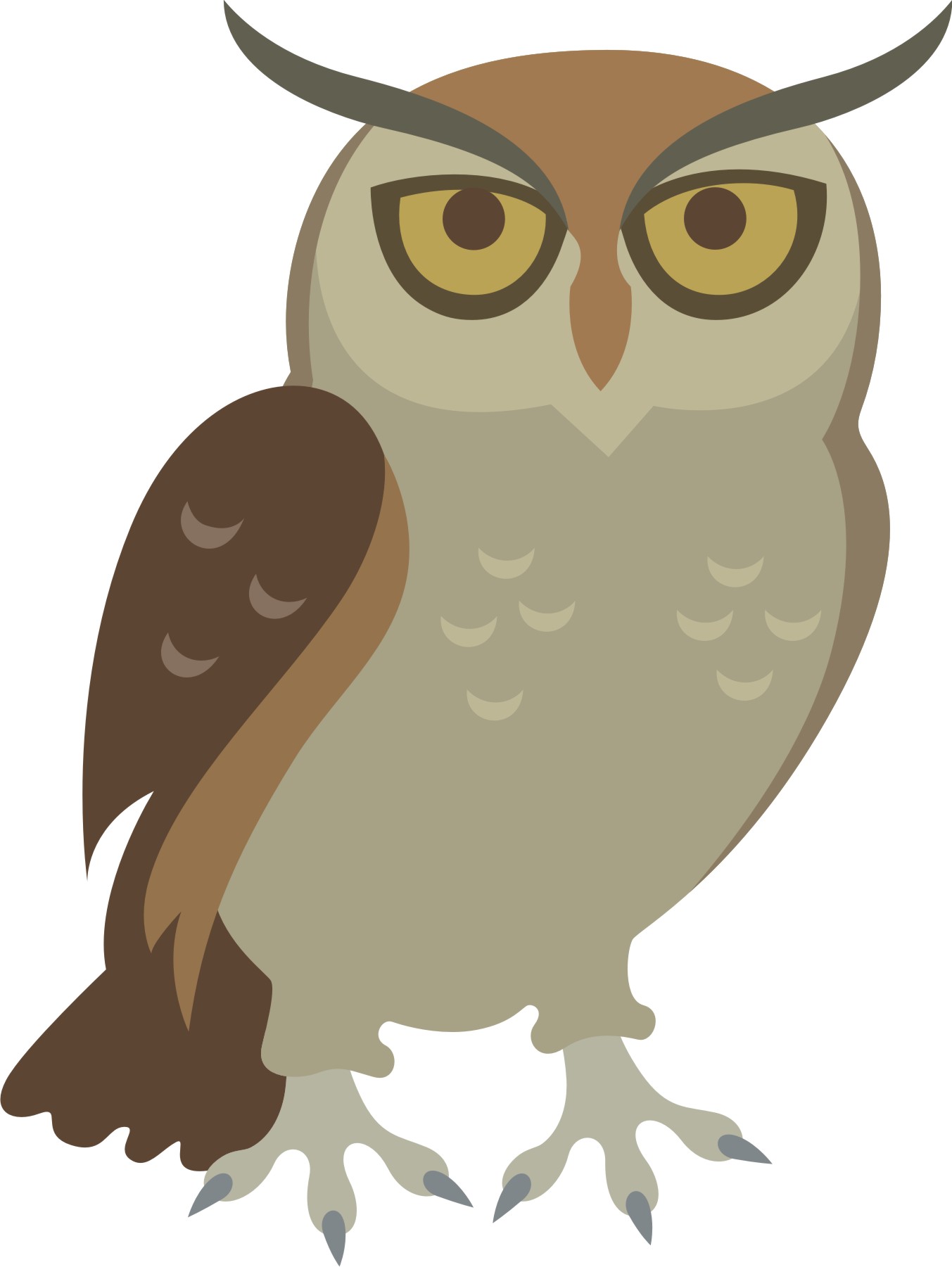Computing
In Computing, pupils learn about coding, data, media, networking and presenting information. Online safety is embedded across the curriculum and is an important learning area in Computing sessions and beyond.
The curriculum is based on the NCCE computing units where pupils learn to code, become animators, interpret and present information. There are 'un-plugged' lessons as well as computing lessons using online tools such as Google Classroom, Scratch, Logo, Google Draw and Google Sheets along with concrete use of resources such as BeeBots.
In the Spring term, the school takes part in Safer Internet Day which is celebrated across the country each February.
Some pupils have taken part in DfE action research to investigate the gender balance towards computing. As part of this, pupils received additional computing lessons looking at attitudes towards computing. Live sessions with a female computing role model will take place as part of this.
Safer Internet Day 2025: Too good to be true? Protecting yourself and others from scams online.
Safer Internet Day 2025 (11th February) - More information to come
- Parent Link to UK Internet Safer Centre
- E-safety page link (Moorlands Website)
- Online parent support (Moorlands Website)
Moorlands Primary School uses Google Classroom as a tool for computing and the wider curriculum. See link below for a sample of remote learning using Google Classroom.
Year 5 - I am an animator - What are vector drawings?
The National Curriculum journe

y


Stem Workshops
As part of our British Science Week focus, Reception class, Year 2 and Year 5 had the opportunity to use and develop their coding skills when we were visited by Computer Xplorers.
Reception class worked with the Edison Robots to input commands to make the robots move. They had great fun having a race with their robots as a finale to their workshop!
Year 2 completed a workshop called ‘Awesome Engineers’. They learned about what engineers do and how a set of instructions, or an algorithm, can program the robot to complete actions.
As Year five's science focus for this term was Earth and Space, they spent an afternoon building Milo the Science Rover and programming their Rovers using a block based programming language. They further developed their Milo model by adding a motion detection sensor.
STEM Day










